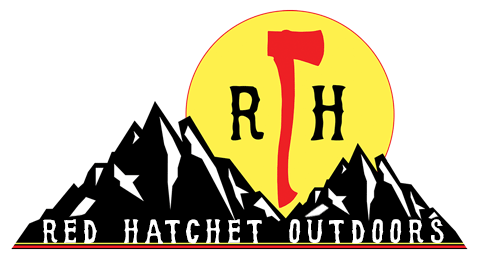Oakley Flexion Glove Review
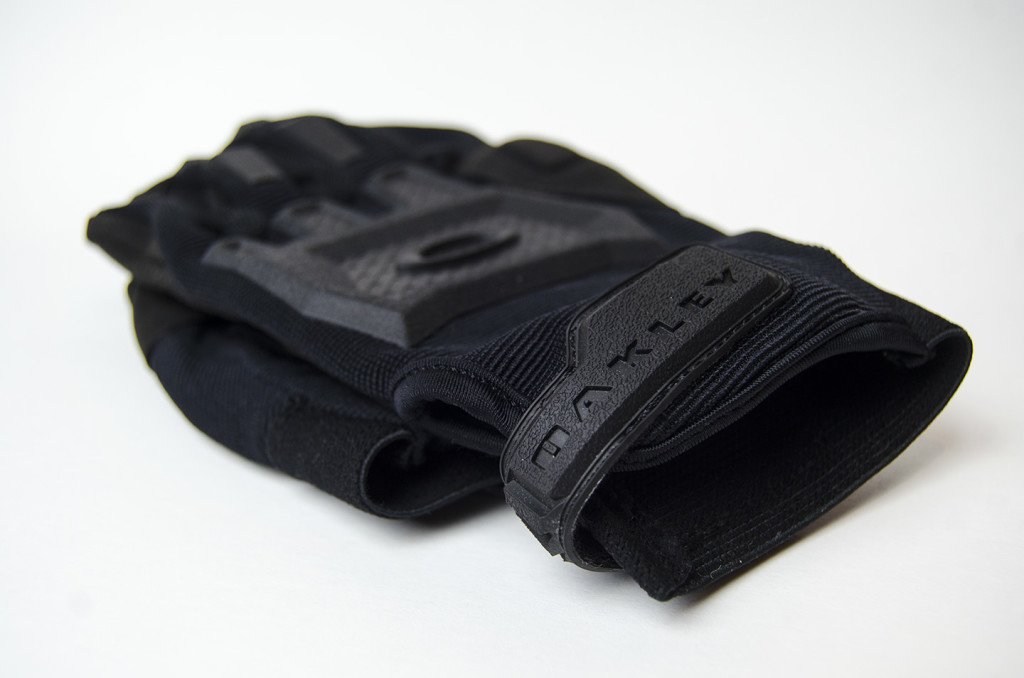 Sort of Comfortable, Kind of Protective, Mildly Durable
Sort of Comfortable, Kind of Protective, Mildly Durable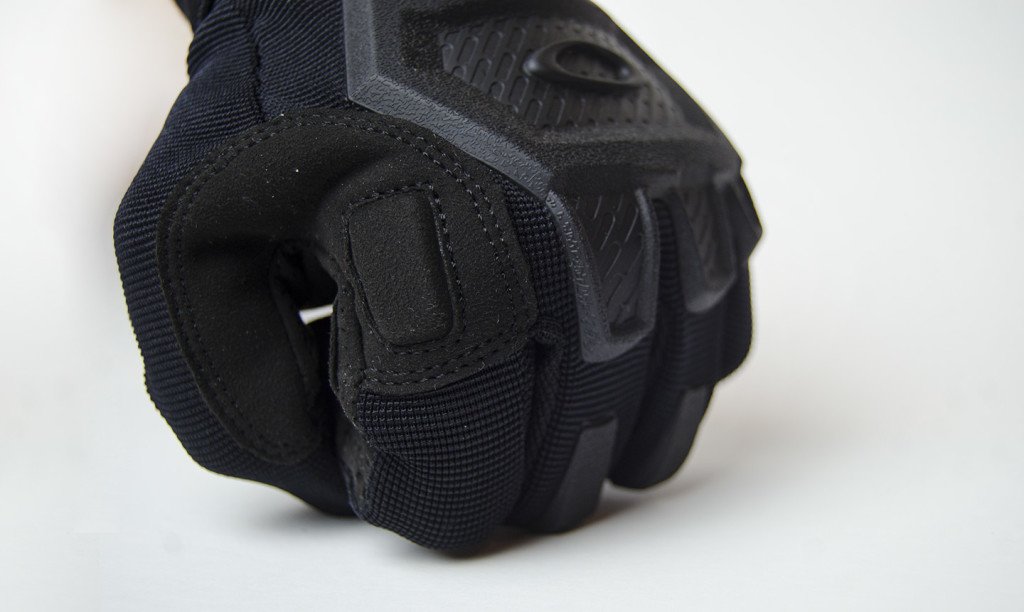
Oakley’s Flexion gloves are really just top-of-hand shields. They’re nice top of hand shields, but they’re not the best gloves for any task that I can think of. They might be great to go paintballing in, for example, but I wouldn’t want them when dealing with anything tougher than rough concrete. 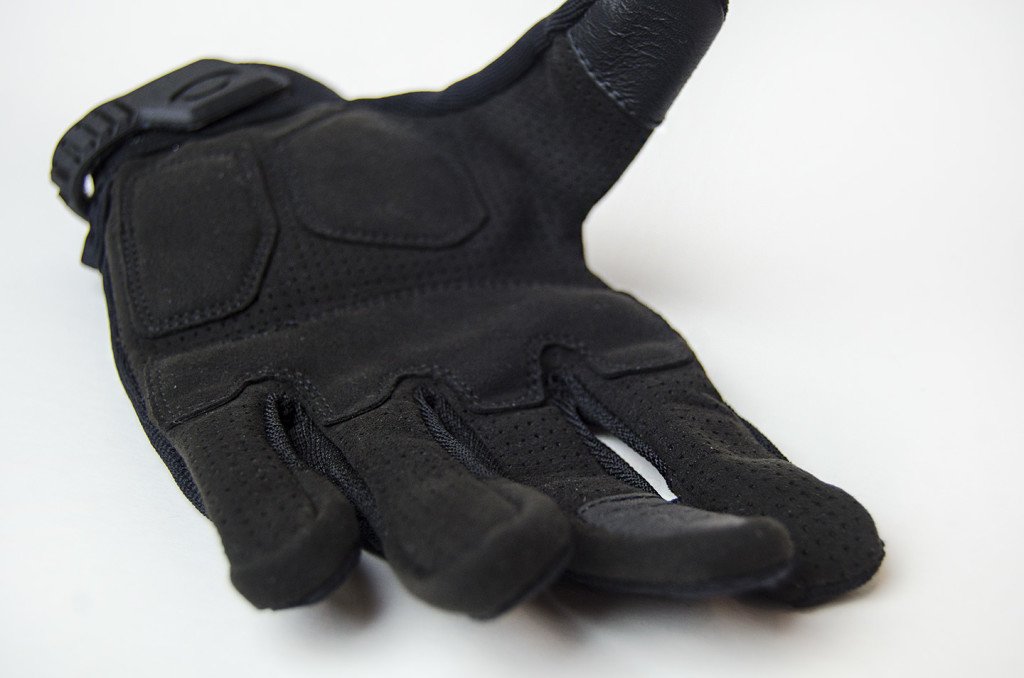 It seems that Oakley tried to develop a lightweight tactical glove with rubberized armor paneling, and ended up with a rather bulky offering that only serves to protect from scrapes- I wouldn’t even trust these gloves with broken glass. You may find this hard to believe based on what you’ve read so far, but I actually like these gloves. I just can’t think of a situation in which I’d need them.
It seems that Oakley tried to develop a lightweight tactical glove with rubberized armor paneling, and ended up with a rather bulky offering that only serves to protect from scrapes- I wouldn’t even trust these gloves with broken glass. You may find this hard to believe based on what you’ve read so far, but I actually like these gloves. I just can’t think of a situation in which I’d need them.
Comfort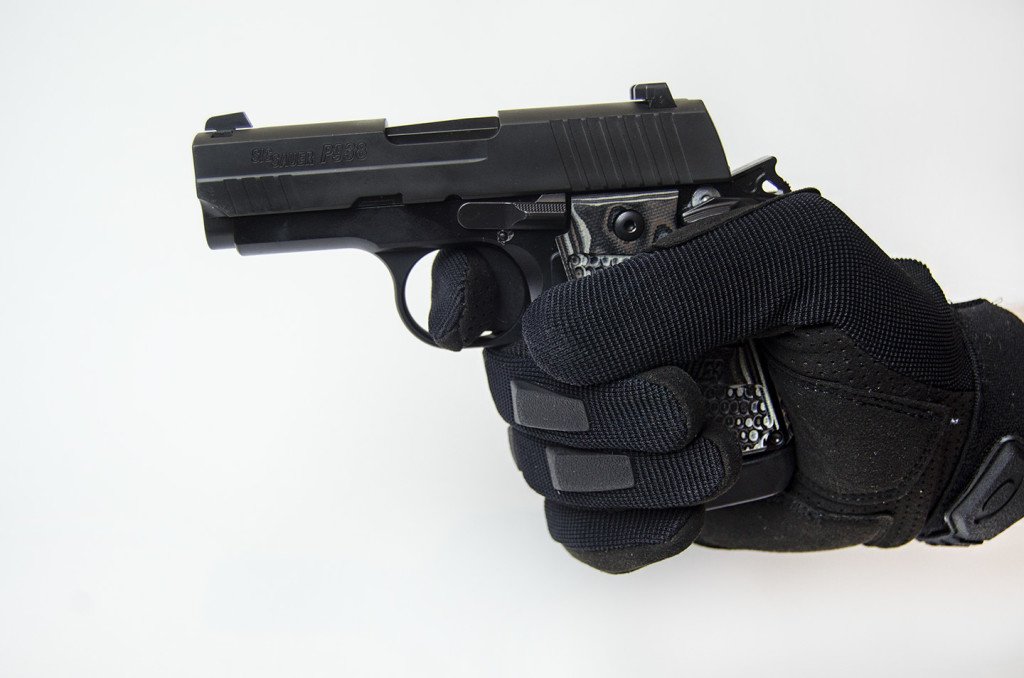
These gloves feel pretty good. They hug the hand nicely, and the stitching makes that the fabric join at the sides of your fingers, leaving a flat area over the pad and front of each digit. This transfers the feeling of touch nicely, and makes these glove easy to shoot in. Like most gloves that don’t have bulky wrist cuffs, they scratch and squeeze awkwardly at the velcro clasp that secures them. The paneling fits naturally over the hand, and they’re very breathable. These are not winter gloves, and they do not retain heat well. Overall they’re decently comfortable, although the square-tip fingers make doing small tasks like pressing buttons pretty difficult.
Construction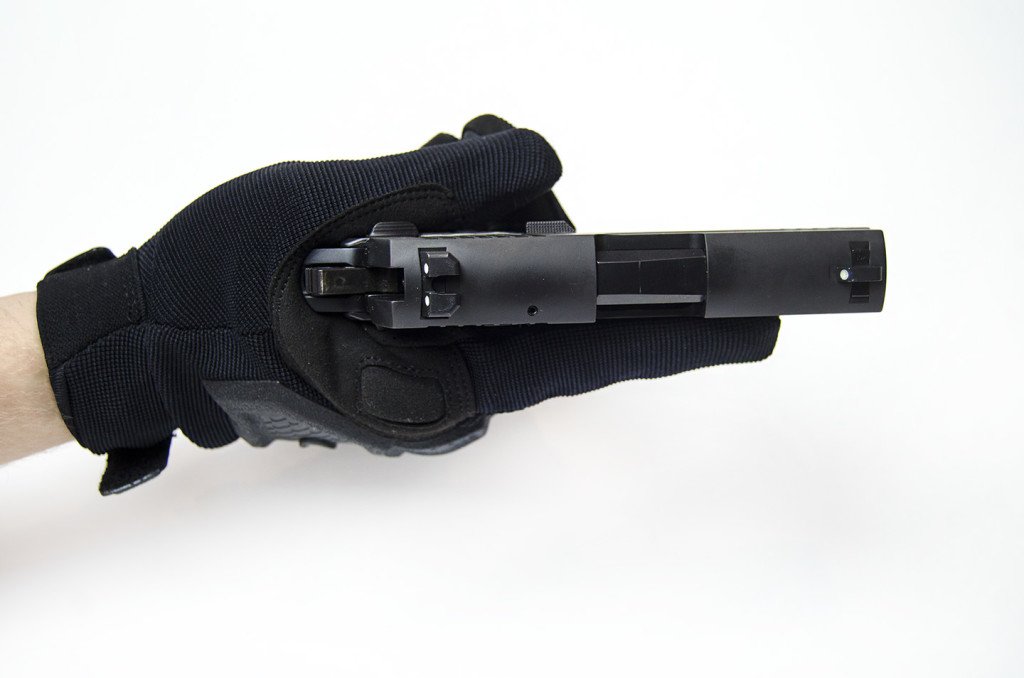
They’re 50% polyester, 36% nylon, 9% spandex, and 5% rubber. Nylon and polyester are both synthetic fabrics, but nylon is more weather resistant and durable. Oakley probably made most of the glove from polyester because it is more heat resistant than nylon. Spandex is the stretchy polyurethane fabric that gives these gloves their flex, while the rubber makes up the abrasion-resisting armor paneling on the exterior. Overall, the material choices make sense. I get gripey about the fact that they don’t offer much protection from sharp objects, but I have to mention that the nylon paneling on the palm and fingers may serve this purpose. There are, however, enough gaps that I wouldn’t feel good about breaking up auto glass, or picking at barbed wire, for example.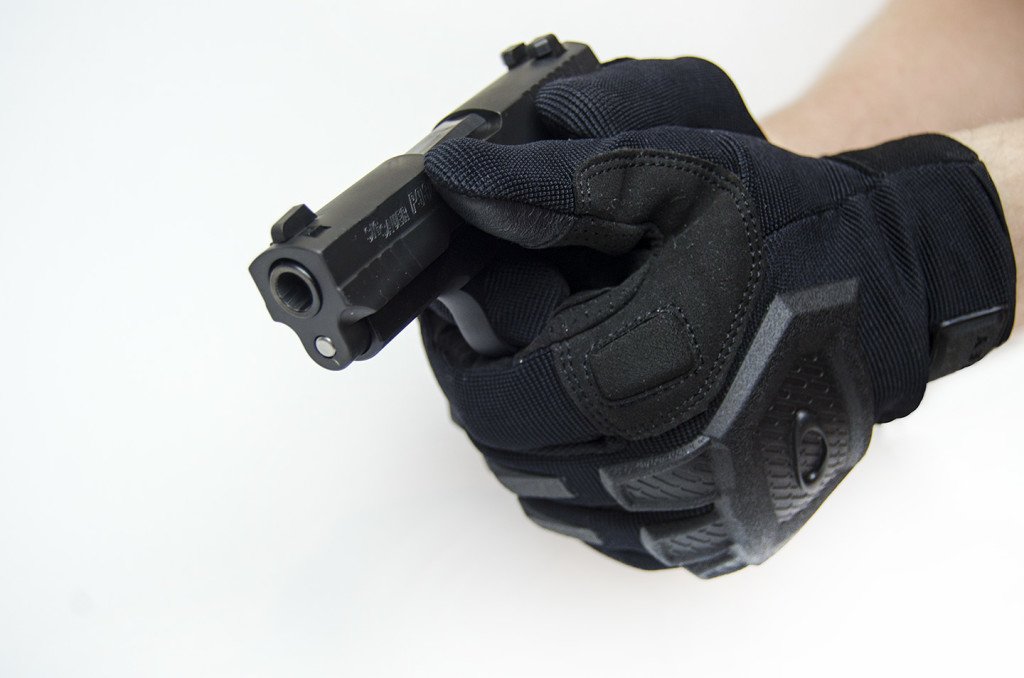
This pair had a problem with the velcro piece getting stuck and tearing, I believe it was an issue with the glue that keeps the velcro secured to the glove itself. I was disheartened to see that a product from my sainted Oakley would fail in such a way. The stitching seems secure though, which means I’ll keep beating this pair up until it fails.
Shooting in Gloves
If you’re going to shoot in gloves, there are a few things to consider. First of all, your gloves should fit like a second skin, and not stick out too much. The slide of your handgun needs to get over the web of your hand, and your finger has to fit inside the trigger guard. In these respects, the Flexions are just fine. If you’re going to train with gloves regularly, I recommend that you try wearing them for a few hours around the house. In doing this, you’ll discover which tasks are easy, which are hard, and why. With the Flexions, I found that I could do almost everything except manipulate buttons on the remote control (square tip fingers again). When it comes to shooting, gloves primarily affect your grip/purchase on the firearm, and the tactile relationship between your finger and the trigger. It’s not that different of an experience until you start trying to drill bullseyes at 15 yards with a P938… My experience with precision handgun shooting was that all of the extra bulk and loss of touch in my trigger finger came into play very quickly as the target got further out. Defensive shooting was a breeze, bullseyes were not. These gloves are great to shoot in, but that leads me to the next bit.
Why Would You Wear These?
I don’t have an answer for you. Duty gloves for hard-use environments need to protect your palms and fingers as well as the backs of your hands. The Flexions aren’t crush, cut, tiny-sharp-object resistant, and they don’t retain heat. The only scenario I can envision these gloves being useful in is in preventing abrasion. I suppose that some tactical scenarios or paintball games might call for a bit of that, but in those situations I can’t see a reason not to choose an Oakley Transition or Centerfire glove instead of the Flexions.
Red Hatchet Says…
I really want to like these. Hell, I DO like these. I’ll just never wear them. They might be good to start with if you’re planning on training in gloved shooting, but even in that scenario I’d just train with the gloves I planned on using to begin with. A tip on gloved shooting: if it’s your first time, alternating between gloved and naked-hand will be useful for you because it highlights the differences that make gloved shooting harder. Gloved shooting will also make you a better shooter in general, because it forces you to focus on your form. Maybe pick the Flexions up for training or a game of paintball.. I don’t know.
